Heuristic Method of Teaching
The heuristic teaching method is student-centred and emphasises critical thinking, problem-solving, and creativity. In this method, the teacher acts as a facilitator or guide, encouraging students to explore and discover knowledge independently. “Heuristic” comes from the Greek word “heuriskein,” which means finding or discovering.
The heuristic teaching method is based on the idea that students learn best when actively participating in the learning process. It departs from traditional teacher-centred approaches, where the teacher is the sole source of knowledge and information. Instead, the heuristic method encourages students to take responsibility for their learning by engaging with the material, asking questions, and seeking answers.
One of the key principles of the heuristic method is the use of open-ended questions.
Open-ended questions need a correct answer and encourage students to think creatively and critically. By asking open-ended questions, the teacher can help students develop problem-solving skills and learn how to think independently.
Another important aspect of the heuristic method is the use of real-life examples and situations. Using real-life examples, the teacher can help students see the relevance and practical application of the material. This can help students become more engaged with the material and motivated to learn.
The heuristic method also emphasises the importance of feedback. Feedback is essential for students to learn from their mistakes and improve their performance. The teacher can help students understand where they went wrong and how to improve by providing feedback.
The heuristic method of teaching has many benefits. It encourages active learning, critical thinking, and creativity. It also helps students develop problem-solving skills and become more independent learners. Using real-life examples and situations, the heuristic method can make learning more engaging and relevant. Finally, by providing feedback, the heuristic method can help students improve their performance and achieve better results.
However, there are also some challenges associated with the heuristic teaching method. One challenge is that it can be more time-consuming than traditional teacher-centred approaches. The teacher must be prepared to answer questions and provide guidance as students explore the material independently.
Additionally, some students may need help with the open-ended nature of the heuristic method and prefer more structured approaches.
Summary: A heuristic teaching method is a student-centred approach that emphasizes critical thinking, problem-solving, and creativity. It encourages students to take responsibility for their learning by engaging with the material, asking questions, and seeking answers.
The heuristic method has many benefits, including active learning, relevant examples, and feedback. However, it can also present challenges, such as increased time demands and a potential need for more structure. Overall, the heuristic method is a practical approach to teaching that can help students become more independent, critical thinkers.
Meaning of Heuristic Method
The founder of the heuristic method was Prof. Henry Edward Armstrong, and the term “Heuristic” comes from the Greek word “Heuristic,” which means “I find.” Another belief is that it is derived from Eureka, which means I have found or “Huriskin” which means to discover. The meaning and derivation of this method may be. However, the goal of the heuristic method is to encourage students to explore and discover knowledge for themselves rather than being told information by a teacher or textbook.
Founder of the Heuristic Method of Teaching
Although the founder of the heuristic method was Prof. Henry Edward Armstrong, this undiscovered method was used for centuries, so it is not easy to attribute its founding to one person. The approach is based on the philosophy of constructivism, which holds that people construct their understanding of the world through experiences and reflection.
In education, the heuristic method has been influenced by the work of educational philosophers such as John Dewey and Jean Piaget. Dewey believed that education should be focused on the needs and interests of the student and that students should be active participants in their learning. Piaget’s theory of cognitive development emphasized the importance of exploration and discovery in learning.
The heuristic method has also been influenced by the work of educators and psychologists such as Maria Montessori, who developed a method of education that emphasized hands-on learning and self-directed exploration. Another influential figure in developing the heuristic method is Carl Rogers, who emphasized the importance of the student-teacher relationship in the learning process.
While it is difficult to attribute the founding of the heuristic method to one person, it is clear that the approach has been shaped by various educational philosophers, psychologists, and educators over time. However, still, the Founder is Prof. Henry Edward Armstrong.
Types of Heuristic Methods of Teaching
The Heurastic method has the following five main types:
- Dividing Techniques
- Deductive Method
- Reduction Method
- Constructive Method
- Local Search Method
- Dividing Techniques
Dividing techniques are a heuristic teaching method that involves breaking down a complex problem or concept into smaller, more manageable parts. This method is also known as the “divide and conquer” approach. This method aims to help students develop analytical and problem-solving skills by encouraging them to approach complex problems in a structured and organized way.
Dividing techniques can be used in various subjects and settings, from mathematics and science to literature and social studies. For example, in a math class, a teacher might present a complex problem that involves multiple steps and calculations. Instead of asking students to solve the problem simultaneously, the teacher could use dividing techniques to break the problem into smaller parts. Students would then be asked to solve each part of the problem separately and combine their findings to arrive at a final solution.
Dividing techniques could help students analyze a complex text or historical event in literature or social studies classes. The teacher might ask students to break the text or event down into smaller parts, such as specific scenes or individual characters, and then analyze each part separately. Students would then be asked to combine their findings better to understand the text or event as a whole.
Dividing techniques can be used in various ways to help students develop analytical and problem-solving skills. By breaking down complex problems or concepts into smaller parts, students can approach them in a more structured and organized way, which can help them develop critical thinking skills and the ability to solve complex problems more effectively.
- Inductive Method
The inductive method is a heuristic teaching method that presents specific examples or observations to draw a general conclusion or theory. This method encourages students to observe, analyze, and draw conclusions from examples or observations. This approach helps students develop their critical thinking skills and learn to draw logical conclusions based on evidence.
The inductive method is commonly used in subjects like science, where students are presented with specific observations or experiments and asked to draw general conclusions. For example, a teacher might present several experiments that demonstrate the properties of light and ask students to observe and analyze the results. Based on their observations, students might conclude how light behaves and what its properties are.
The inductive method can also be used in other subjects, such as literature or social studies. Students might be presented with specific examples or cases in these subjects and asked to draw general conclusions or theories about them. For example, a teacher might present a series of historical events and ask students to conclude the causes and effects of those events.
- Reduction Method
The reduction method is a heuristic teaching method that involves breaking down complex concepts or problems into smaller, more manageable parts. This approach helps students understand how different elements relate and fit together to form a larger whole.
In the reduction method, students are presented with a complex problem or concept and then guided through breaking it down into smaller parts. These smaller parts are then analyzed and understood individually before reintegrating into the larger whole. This process helps students develop a deeper understanding of the problem or concept, as they can see how each part contributes to the overall solution.
The reduction method can be used in various subjects, including mathematics, science, and literature. For example, in mathematics, students might be presented with a complex equation and guided through breaking it down into simpler components. They might then analyze each component individually before putting them back together to arrive at the solution.
Similarly, in science, students might be presented with a complex system or process and guided through breaking it down into individual components. They might then analyze each component to understand better how it functions before putting them back together to understand the larger system or process.
The reduction method is powerful for helping students develop their analytical and problem-solving skills. Students can approach them systematically and logically by breaking down complex problems or concepts into smaller, more manageable parts. This approach can help them develop a deeper understanding of the subject matter and become more confident and capable learners.
- Constructive Method
Constructive methods are an important part of the heuristic approach to teaching. They are designed to help students develop their understanding of a topic by encouraging them to actively engage with the material and construct their understanding. There are several types of constructive methods, including:
Concept mapping involves creating a visual representation of the relationships between different concepts or ideas. Students can use this method to organize and connect their understanding of a topic.
Problem-based learning: This approach involves presenting students with a real-world problem or scenario and challenging them to solve it using the knowledge and skills they have learned. This helps students develop their problem-solving skills and practically apply what they have learned.
Project-based learning: In this approach, students work on a long-term project that requires them to apply what they have learned in the real world. This method helps students better understand a topic and work collaboratively with their peers.
Inquiry-based learning: This approach encourages students to ask questions independently and investigate a topic. Teachers provide guidance and support, focusing on student-led learning and exploration.
Discovery learning: This approach involves presenting students with a problem or challenge and allowing them to explore and discover solutions independently. This method can be effective in promoting critical thinking and problem-solving skills.
Constructive methods are effective because they encourage students to actively participate in their learning and develop a deeper understanding of a topic through hands-on exploration and problem-solving.
- Local Search Method
Heuristics Local Search Method (HLSM) is a problem-solving technique that involves searching for solutions within a specific set of rules or constraints. This method is commonly used in computer science and artificial intelligence but can also be applied in education.
In the context of education, HLSM can be used to help students solve complex problems in various subjects, such as math and science. This method involves breaking down a problem into smaller components and applying rules or constraints to each component, eventually solving the larger problem.
One of the benefits of HLSM is that it allows students to develop problem-solving skills through trial and error. This method encourages students to experiment with different approaches to a problem and learn from their mistakes. By doing so, students can develop a deeper understanding of the problem and the various ways it can be approached.
Another advantage of HLSM is that it can help students become more independent learners. Using this method, students can develop a framework for approaching problems independently without relying on a teacher or instructor. This can be especially helpful for students who struggle with traditional teaching methods and need more personalized instruction.
One example of how HLSM can be applied in education is in the field of math. Many math problems can be solved using HLSM by breaking the problem down into smaller components and applying rules or constraints to each component. For instance, students can use the distributive property in algebra to simplify expressions and solve equations. Similarly, in geometry, students can use the Pythagorean theorem to find the length of a side of a right triangle.
In addition to its practical applications, HLSM has philosophical implications as well. This method uses simple rules or constraints to solve complex problems. This principle reflects the broader philosophical concept of Occam’s razor, which states that the simplest explanation is usually the best. Applying this principle to problem-solving, HLSM encourages students to think critically and analytically about complex problems and find elegant solutions.
Moreover, HLSM can also help students develop a growth mindset, which is the belief that one’s abilities can be improved through hard work and dedication. This mindset is important in education, as it can help students overcome challenges and persevere through difficult tasks. Using HLSM, students can learn to approach problems with a growth mindset, seeing challenges as opportunities for learning and improvement.
Characteristics of Heuristic Methods of Teaching
Here are some characteristics of the heuristic method of teaching:
- Emphasizes problem-solving
- Encourages active participation and engagement of students.
- Focuses on discovery learning.
- Promotes critical thinking and reasoning.
- It involves trial and error, experimentation, and exploration.
- Utilizes real-life situations and examples.
- allows for creativity and flexibility in problem-solving
- emphasizes self-learning and self-discovery
- Encourages collaboration and teamwork.
- Promotes the development of metacognitive skills.
- Allows for open-ended questions and multiple solutions
- Supports student-centred learning
- and challenges students to think outside the box
- Encourages curiosity and exploration.
- Provides opportunities for feedback and reflection.
- Supports lifelong learning and skill development.
Steps of the Heuristic Method of Teaching
Here are the three general steps of the heuristic method
- Planning
- Execution
- Conclusion
- Planning
The first step in the heuristic teaching method is planning, which is crucial in ensuring the lesson’s objectives are successfully met. The planning step is further divided into three parts:
Creating Objectives: The first step in planning involves identifying the lesson’s objectives. These objectives should be specific, measurable, achievable, relevant, and time-bound. In other words, they should be smart objectives. Objectives should be created to align with the curriculum and the student’s abilities.
Identification of the problem: After creating the objectives, the teacher and student should identify the problem the lesson aims to solve. The problem could be related to a real-life scenario or a theoretical concept. The problem should be clearly defined and aligned with the lesson’s objectives.
The appropriate solution to the problem: Once the problem is identified, the teacher should determine an appropriate solution that helps students achieve the lesson objectives. The solution should be feasible, practical, and relevant to the problem. The solution should also be aligned with the student’s level of understanding. It should be presented in a way that helps students better understand the concept or scenario.
- Execution
The second step of the heuristic method of teaching is the execution phase. This is where the plan created in the first step is implemented. The execution phase is divided into two sub-steps: perceiving and observing accurate results and recording the results.
Perceiving and observing accurate results involves the teacher and students closely monitoring the progress of the task or problem-solving process. This involves paying attention to details and being aware of any changes. By closely observing the process, the teacher and students can identify any areas that need improvement or adjustment.
Recording the results involves documenting the progress and outcomes of the task or problem-solving process. This documentation can include written notes, diagrams, charts, or other visual aids. The teacher and students can evaluate their progress and adjust as needed by keeping detailed records of the process and outcomes.
The execution phase of the heuristic teaching method emphasizes the importance of closely monitoring progress and documenting outcomes to help students learn and improve their problem-solving skills.
- Conclusion
The third step of the heuristic method of teaching is the conclusion phase. In this phase, the students analyze the results and draw conclusions based on their observations and recordings. The students are encouraged to think critically and reflect on their learning experiences. The teacher facilitates this process by guiding the students towards deeper insights and helping them connect the new knowledge to their prior knowledge.
During this phase, the students also evaluate the effectiveness of the solution they have come up with and identify any areas for improvement. The teacher may ask questions, encouraging the students to think about how the solution could be modified or improved in different contexts.
It is important to note that the conclusion phase is not the end of the learning process. The students are encouraged to continue exploring the topic and building upon their knowledge and skills. The teacher may provide opportunities for further research or application of the knowledge gained during the heuristic method of the teaching process.
Heuristic Method of Teaching Mathematics with Examples
The heuristic method of teaching mathematics allows students to explore and discover math concepts through problem-solving, critical thinking, and inquiry-based learning. These approaches enhance students’ understanding of math concepts and promote their engagement and interest in the subject.
Problem-based learning: Teachers can provide students with real-life math problems that require critical thinking and problem-solving skills. Students can work in groups to come up with solutions to the problem, and the teacher can guide them through the process. For example, a problem-based learning activity in geometry could involve designing a building using specific geometric shapes and dimensions.
Inquiry-based learning: In this approach, the teacher poses a question or problem and allows students to explore and discover the answer through experimentation and exploration. For example, a lesson on fractions could involve students exploring different ways to represent fractions using manipulatives or visual aids.
Collaborative learning: Students can work in groups to solve math problems or complete activities. Collaborative learning allows students to share ideas, learn from each other, and develop critical thinking skills. For example, a collaborative learning activity in algebra could involve students working together to solve equations.
Project-based learning: Teachers can assign students projects that involve applying math concepts to real-life situations. For example, a project-based learning activity in statistics could involve students conducting a survey and analyzing the data to draw conclusions and make predictions.
Discovery learning: This approach allows students to explore math concepts and discover their solutions through trial and error. For example, a discovery learning activity in trigonometry could involve students exploring the relationship between the sides and angles of a triangle using trigonometric functions.
Heuristic Method of Teaching pdf
For PDFs, PPTs, and other material, please visit our Facebook page and join our Facebook, WhatsApp, and Telegram groups below.
Heuristic Method of Teaching Advantages and Disadvantages
Here are some advantages and disadvantages of the heuristic method of teaching.
Advantages, pros, and merits of the heuristic method
- Encourages critical thinking and problem-solving skills.
- promotes creativity and originality in problem-solving
- Fosters independent learning and self-discovery
- engages students in active learning and participation
- Provides a more personalized and relevant learning experience.
- Encourages exploration and experimentation.
- It can be applied to a variety of subjects and topics.
- It helps students develop a deeper understanding of the subject matter.
Disadvantages and Cons of the Heuristic Method
- It may not be suitable for all learners or learning styles.
- Requires a certain level of prior knowledge and skills.
- It may not be effective for covering a large amount of material quickly.
- It may not be easy to assess and evaluate student progress.
- It may require significant planning and preparation on the teacher’s part.
- It may not be compatible with standardized testing and assessment methods.
- Requires a high level of student engagement and motivation.
- Implementing effectively without proper training and support may be challenging for teachers.
Remember, it is important to note that the advantages and disadvantages can vary depending on the context and specific implementation of the heuristic teaching method.
Heuristic Method of Teaching vs Traditional
In the world of education, there are many different approaches to teaching and learning. One such approach is the heuristic teaching method, often compared to more traditional methods. In this article, we will explore the heuristic teaching method, how it differs from traditional methods, and the benefits and drawbacks of using it in the classroom.
First, let us define the heuristic method of teaching. A heuristic method is an approach to learning that emphasizes discovery, exploration, and problem-solving. The student-centred approach allows learners to engage in a more active and self-directed learning process. Instead of being passive recipients of information, students are encouraged to be curious, to ask questions, and to explore the world around them. This approach emphasizes critical thinking, creativity, and independence.
In contrast, traditional teaching methods are often teacher-centred and emphasize transmitting information from teacher to student. Students are expected to absorb and memorize the material presented to them, and they are often evaluated based on their ability to recall this information on tests and quizzes. Traditional methods may also include passive activities such as lectures and rote memorization.
The heuristic method of teaching offers many potential benefits to students. Students are more engaged in learning when teachers encourage active exploration and problem-solving. This can lead to a deeper understanding of the material and a greater sense of ownership over their learning. Additionally, the heuristic method can foster creativity and critical thinking skills, essential for success in many areas of life.
However, the heuristic method is not without its drawbacks. It can be challenging for teachers to manage the learning process in a heuristic environment, as students may require more individualized attention and guidance. Additionally, the heuristic approach may not be as effective for teaching certain types of information, such as basic facts and figures.
Despite these challenges, many educators believe the heuristic teaching method effectively promotes deeper learning and critical thinking. To implement this approach effectively, teachers must be willing to guide and support their students while allowing them to explore and discover independently.
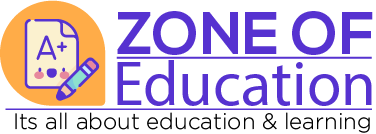
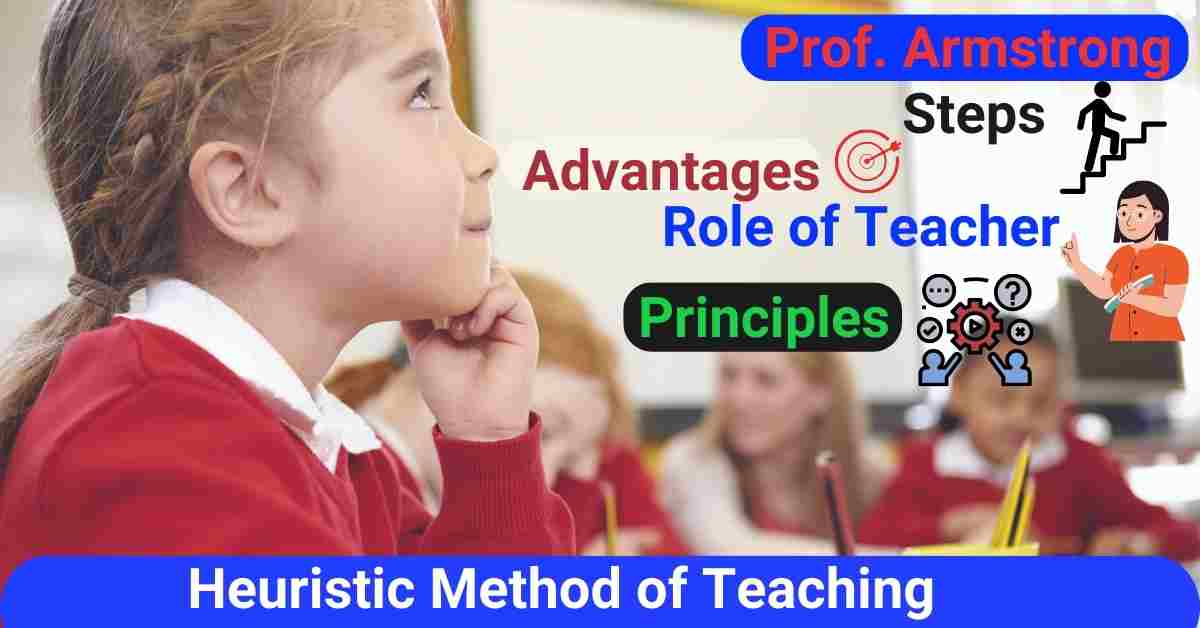

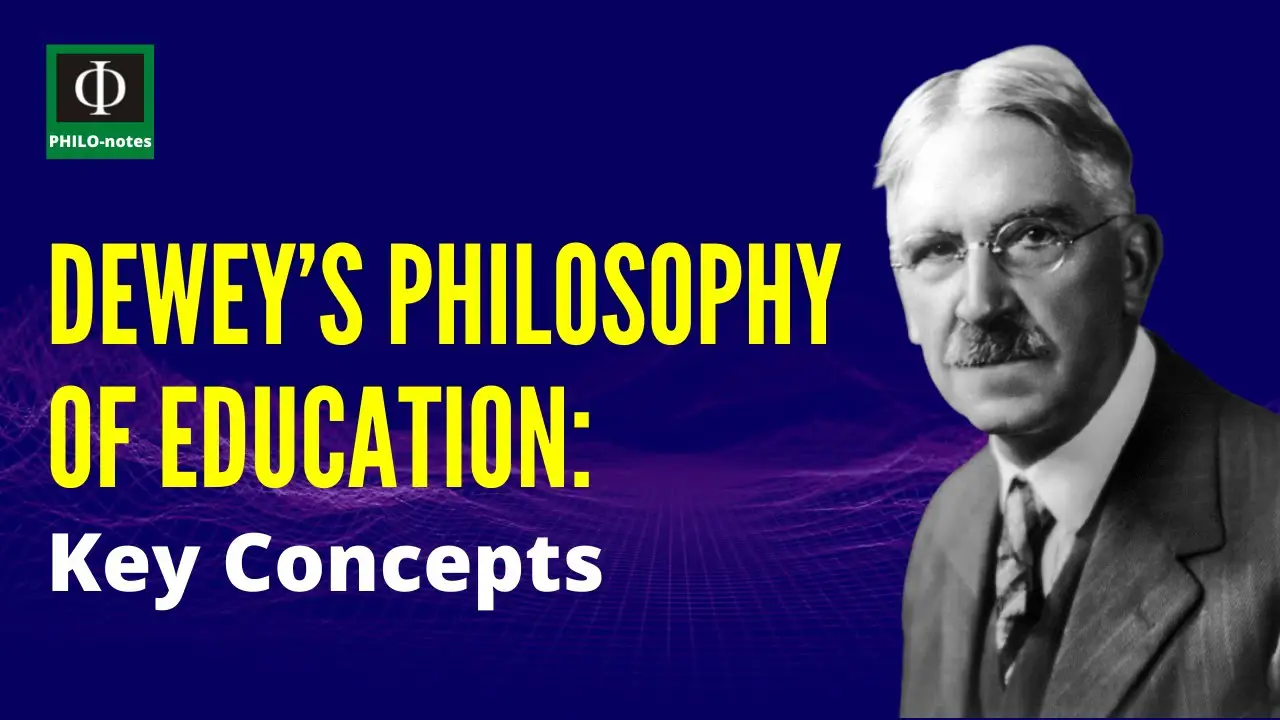
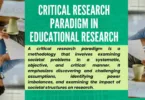
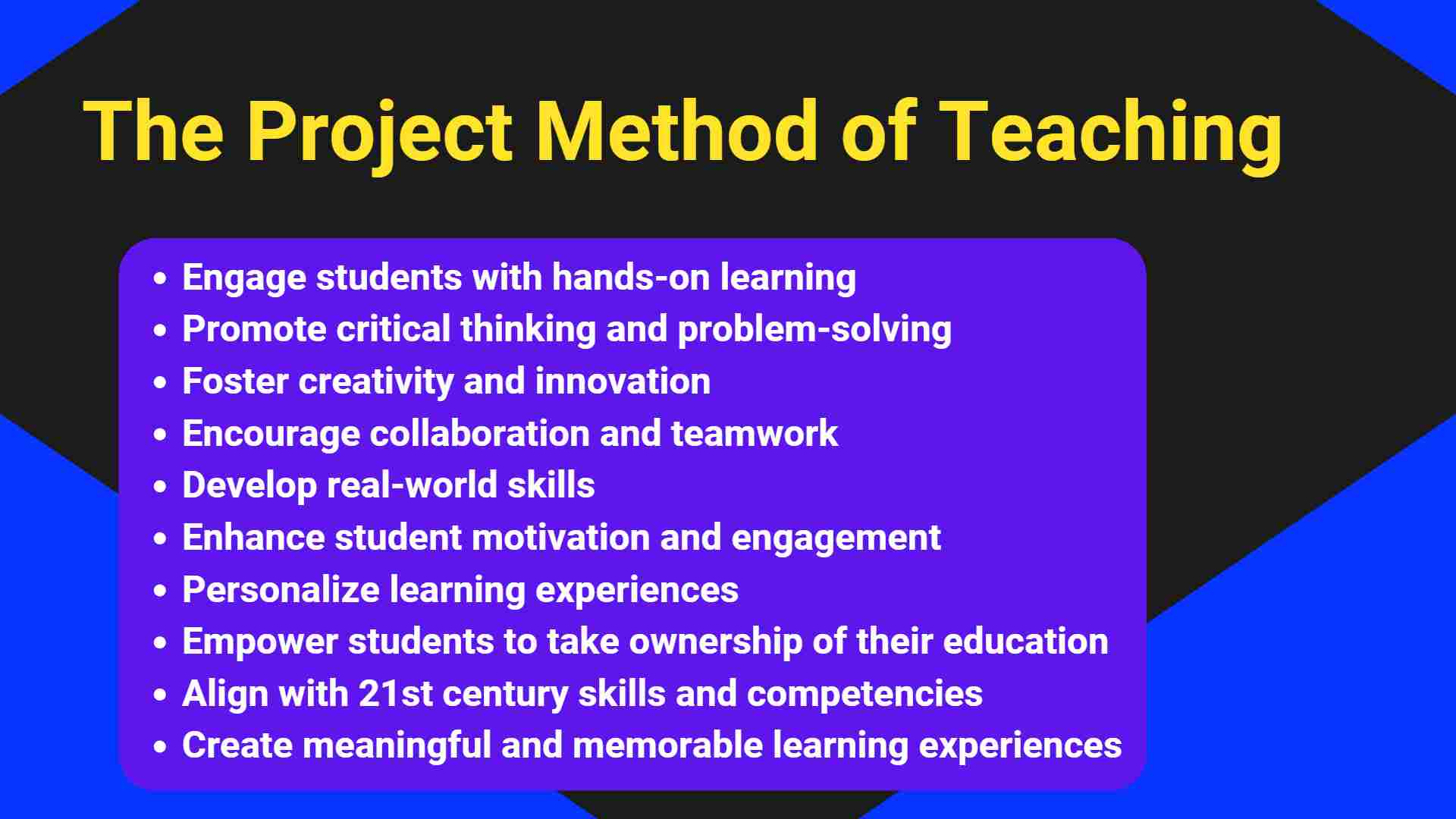
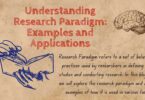
[…] Teaching Method in […]
[…] must implement diverse instructional strategies to create an inclusive and effective learning environment. Students have unique needs, abilities, and interests, and it’s essential to acknowledge and […]
[…] aspect of summative Assessment, namely its use as an assessment. Additionally, we will explore examples of summative assessment methods commonly employed in educational […]
[…] their lessons. To engage all students in the learning process, teachers may, for instance, utilize examples from different cultures in their classes or employ culturally responsive teaching […]
[…] morality and disregard the significance of aesthetic experiences in learning. While considering the advantages and disadvantages of Pragmatism as an educational philosophy, it is essential to evaluate these […]
[…] common teaching methods […]
[…] research paradigm for your study, the role of theoretical frameworks within paradigms, and the advantages and disadvantages of different […]
[…] in fact, the child should not be burdened by or compelled to submit to any definite teaching method at all. Left to himself the child is perfectly capable of evolving an educational technique which […]
[…] can be used to illustrate how different types of research are conducted. It will also discuss the advantages and disadvantages of each approach and offer some tips to help researchers decide which approach is most appropriate […]
[…] Demonstration Method of Teaching is an effective and interactive approach that focuses on actively engaging students in learning. […]
[…] corresponding ideas. Provide students with a key term or concept on one set of cards and related definitions or examples on another. Students match appropriate pairs, demonstrating understanding. It can also design […]
[…] instructions and information teachers prepare the objectives of their lessons, and select relevant methods of teaching. You teach one subject to two different classes and if you are unaware of Educational Psychology, […]